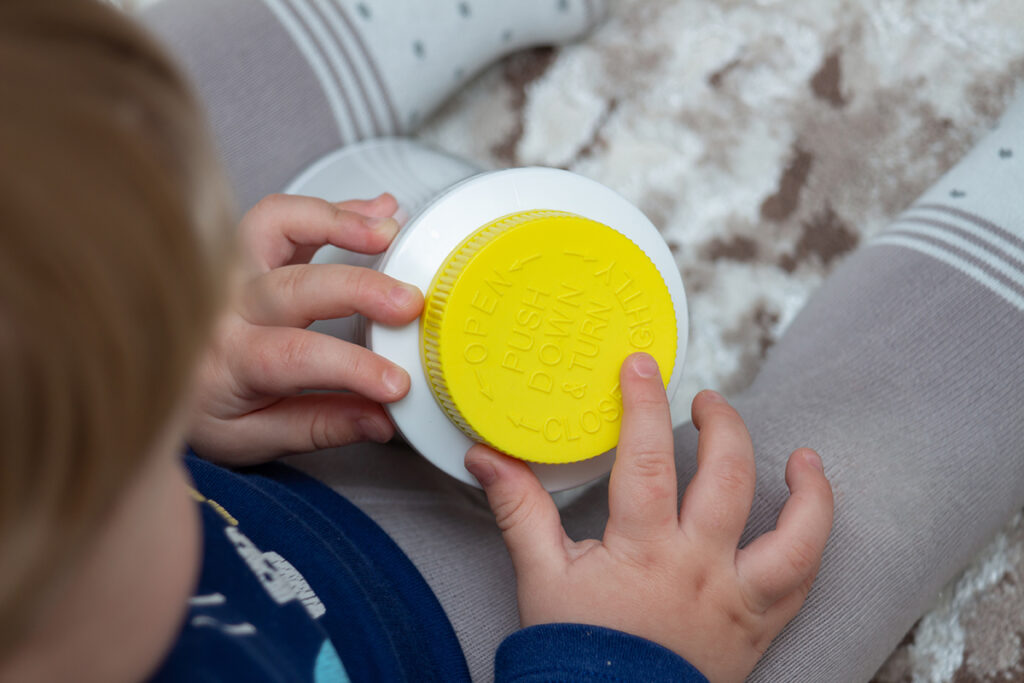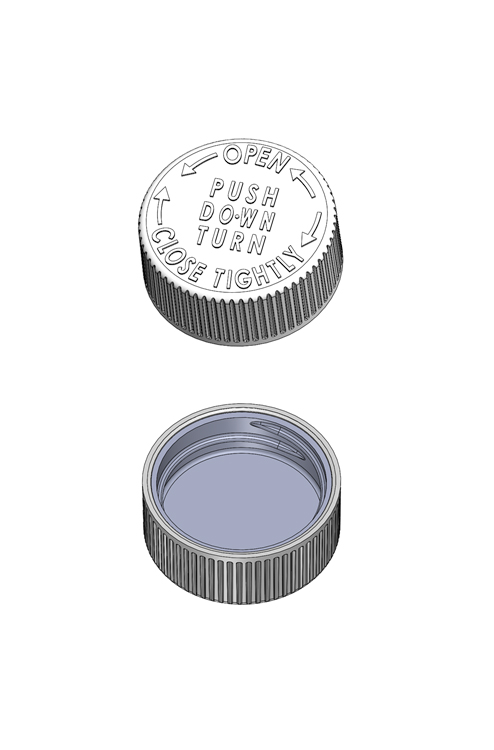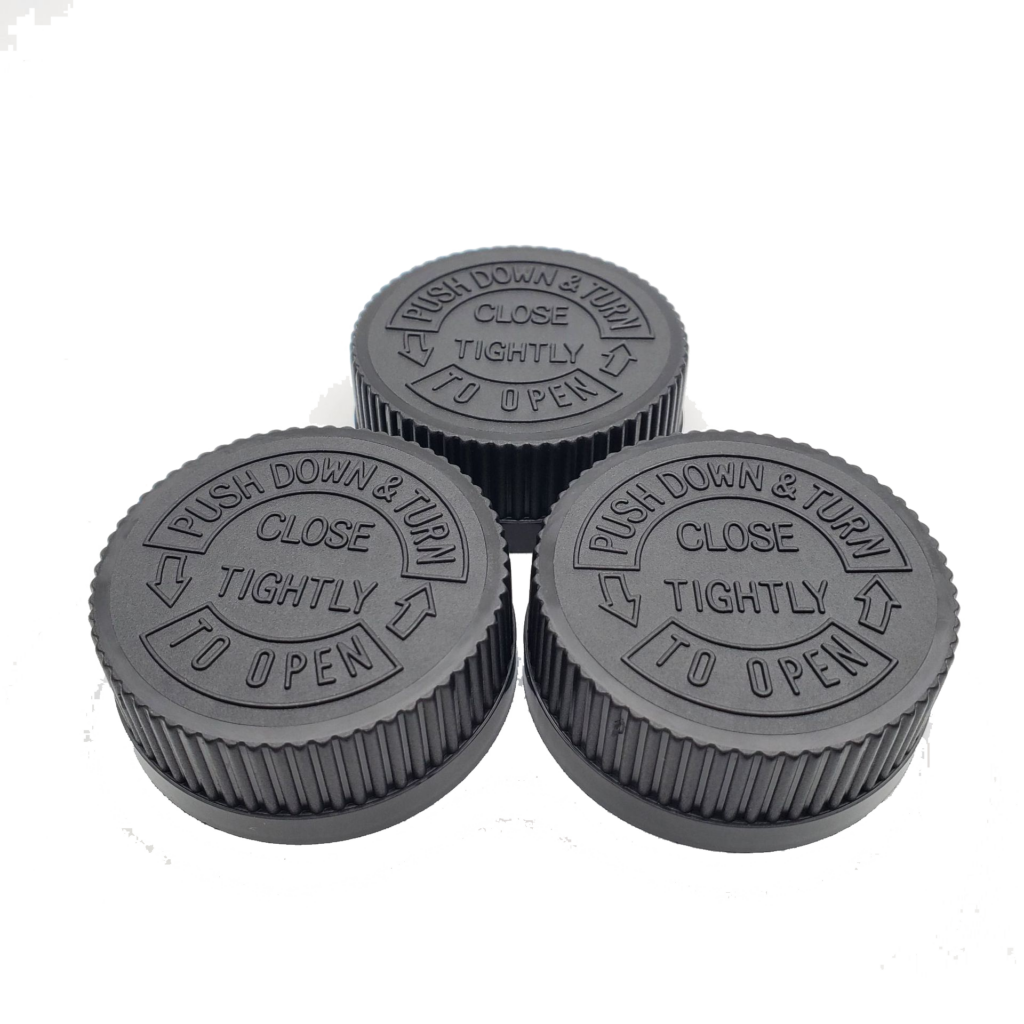Child-resistant packaging plays a crucial role in safeguarding young children from potentially harmful substances. This type of packaging is regulated under the Code of Federal Regulations in Title 16, Part 1700 as part of the Poison Prevention Packaging Act (PPPA). The primary aim of this legislation is to protect children under the age of five from poisonings and fatalities resulting from accidental access to hazardous products.

What Makes Packaging Child-Resistant?
For a package to be deemed child-resistant, it must meet specific criteria designed to prevent children from easily accessing the contents. According to the regulations, the packaging should be difficult for children under five to open or extract a harmful amount of the product within a reasonable timeframe, yet it should not pose significant difficulty for an average adult to open and reseal.
To ensure compliance, packaging undergoes rigorous testing with children and adults. Specifically, 80% of the tested children should not be able to open the package within 10 minutes. Conversely, 90% of tested adults should be able to open and close the package within five minutes, ensuring it remains child-resistant.
Products Requiring Child-Resistant Packaging
The PPPA mandates child-resistant packaging for various household products that pose a risk of serious injury or illness to children under five. These products include:

- Chemical & Cosmetic Products: Household chemicals and cosmetics that could be harmful if ingested or handled improperly.
- Mouthwash Products: Mouthwashes containing potentially harmful substances if consumed in large quantities.
- Drugs & Dietary Supplements: Over-the-counter and prescription medications, as well as dietary supplements, which could be dangerous if accessed by children.
- Liquid Nicotine Containers: E-liquid containers used in vaping products, which can be toxic if ingested.
Exceptions to the Rules
There are specific exceptions to the child-resistant packaging requirements. Manufacturers are allowed to produce one size of a regulated product in standard, non-child-resistant packaging. These products must carry a clear label stating, “This package for households without young children” or, for smaller packages, “Package not child resistant.”
The Importance of Compliance
Compliance with child-resistant packaging regulations is not just about adhering to the law; it’s about protecting the most vulnerable members of society. Non-compliance can result in severe consequences, including legal penalties, financial fines, and damage to a brand’s reputation. More importantly, it can lead to accidental poisonings and injuries, which can be devastating for families.
How Rhino Container Can Help
At Rhino Container, we understand the critical importance of child-resistant packaging. Our team of packaging consultants is dedicated to providing innovative solutions that meet the stringent requirements of the PPPA. We offer a wide range of child-resistant packaging options designed to keep hazardous products out of the hands of young children while maintaining ease of use for adults.
Explore Our Child-Resistant Packaging Solutions
Rhino Container is committed to helping businesses navigate the complexities of child-resistant packaging regulations. Our experts collaborate with clients to develop customized packaging solutions that ensure safety, compliance, and functionality. Whether you need packaging for chemical products, cosmetics, mouthwash, drugs, dietary supplements, or liquid nicotine containers, we have the expertise to deliver high-quality, compliant solutions.

Contact us today to learn more about our child-resistant packaging options and how we can help you protect your products and your customers.
By prioritizing child safety and adhering to regulatory requirements, businesses can not only avoid legal issues but also build trust and loyalty with their customers. Partner with Rhino Container for all your child-resistant packaging needs and ensure the safety of your products from production to end-use.

